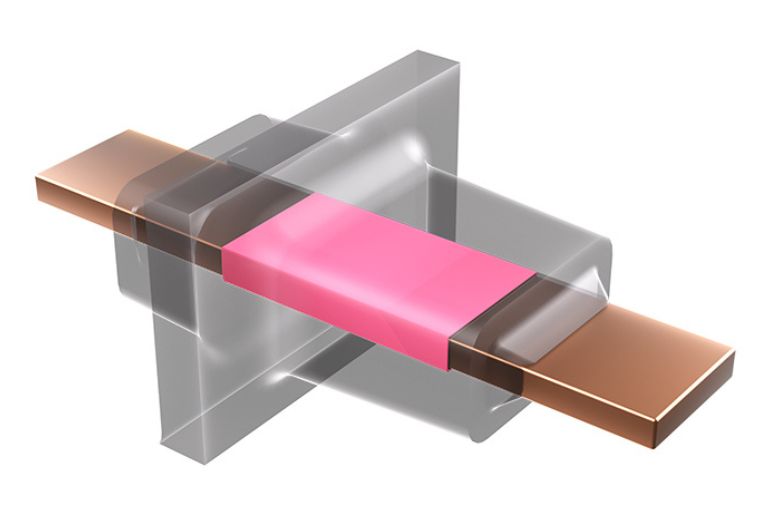ENNOVI-SealTech, a patent-pending busbar sealing technology designed to prevent coolant leaks in drivetrain applications for electric and hybrid vehicles (xEVs), has been introduced by leading mobility electrification solutions partner ENNOVI. This innovative solution is anticipated to revolutionize the way manufacturers manage electrical interconnects in systems such as oil pumps, motors, and inverters.
By tackling one of the main problems in EV design—the separation of coolant from sensitive electrical connections—ENNOVI-SealTech offers a more reliable and efficient alternative to conventional sealing methods like potting, rubber O-rings, or gaskets. These traditional techniques can necessitate costly and labor-consuming extra treatments and are prone to leakage over time.
The Product Portfolio Director for Power Interconnects at ENNOVI, Dominik Pawlik, stated that “managing busbar interfaces in EVs where coolant is present on one side and a dry, electrically robust connection is required on the other side presents several challenges.” “ENNOVI-SealTech gets around all of these restrictions.”
Adhesive tape and double-walled shrink tubes are two innovative sealing methods offered by the technology that offer superior sealing results without the need for post-processing. These technologies improve design flexibility and manufacturing efficiency, making them ideal for a range of drivetrain configurations.
ENNOVI has thoroughly tested SealTech to ensure reliability and durability in challenging conditions. This includes:
Thermal aging for 1,000 hours at 150°C
600 rounds of thermal shock cycling from -40°C to +150°C
Extensive leak tests in accordance with EN 60068-2
Because of its versatility, ENNOVI-SealTech can fit into almost any busbar shape. Additionally, it works with a broad range of materials, such as copper, aluminum, and polymers like PC, PBT, and PA66, giving it a flexible answer to contemporary EV design specifications.
Innovations like ENNOVI-SealTech are expected to be crucial in enhancing the performance, safety, and efficiency of next-generation automobiles as electrified mobility develops.

